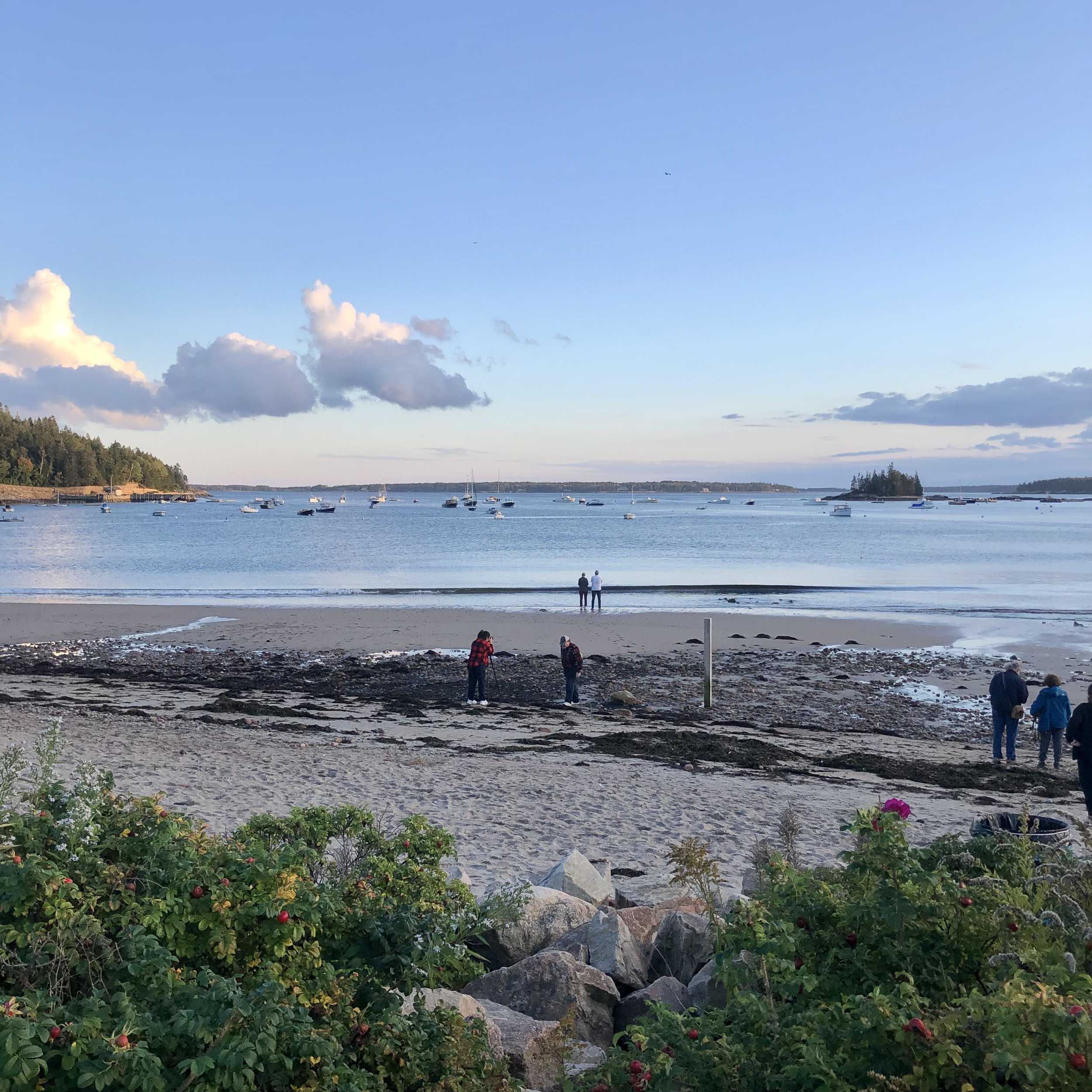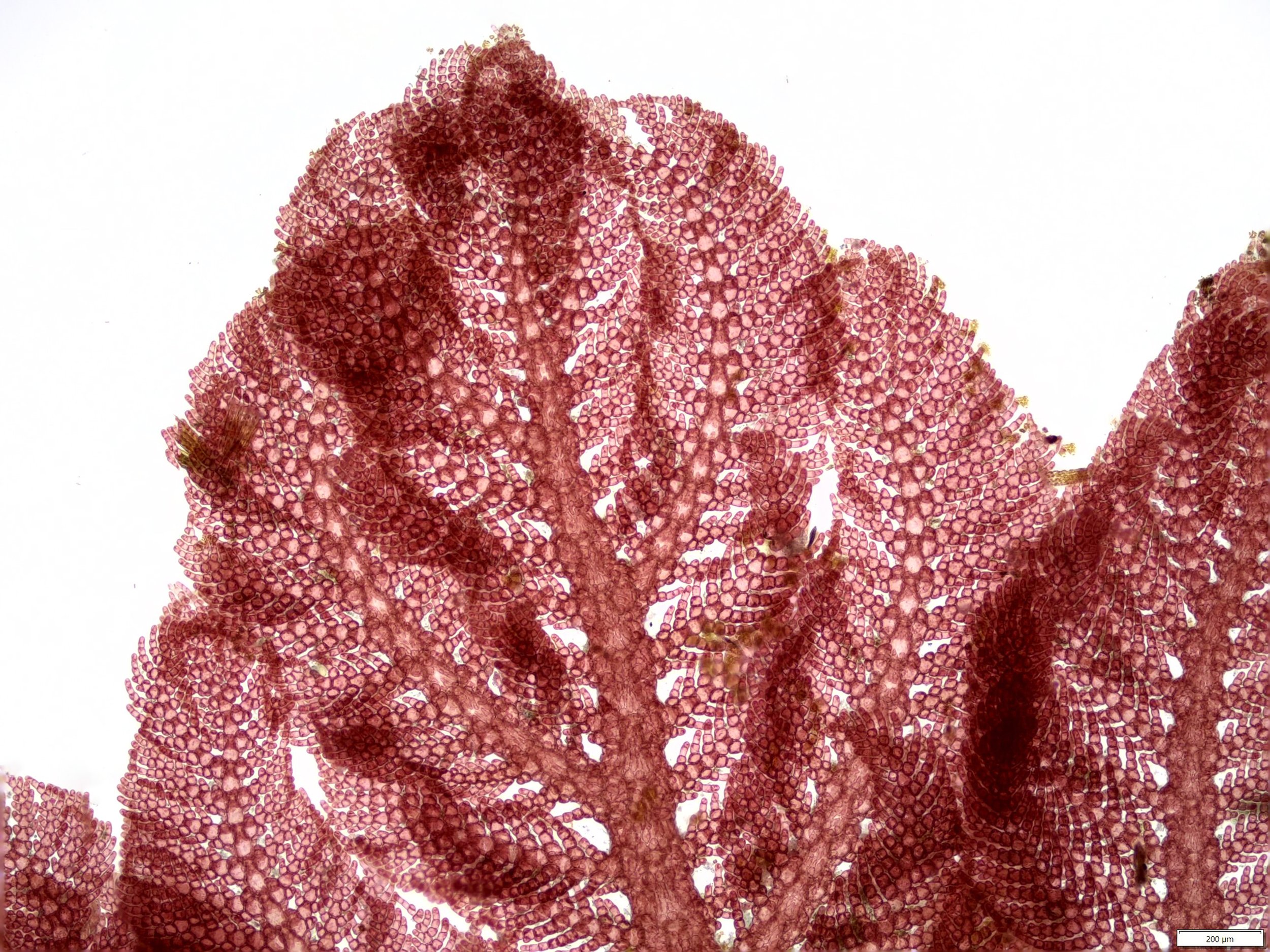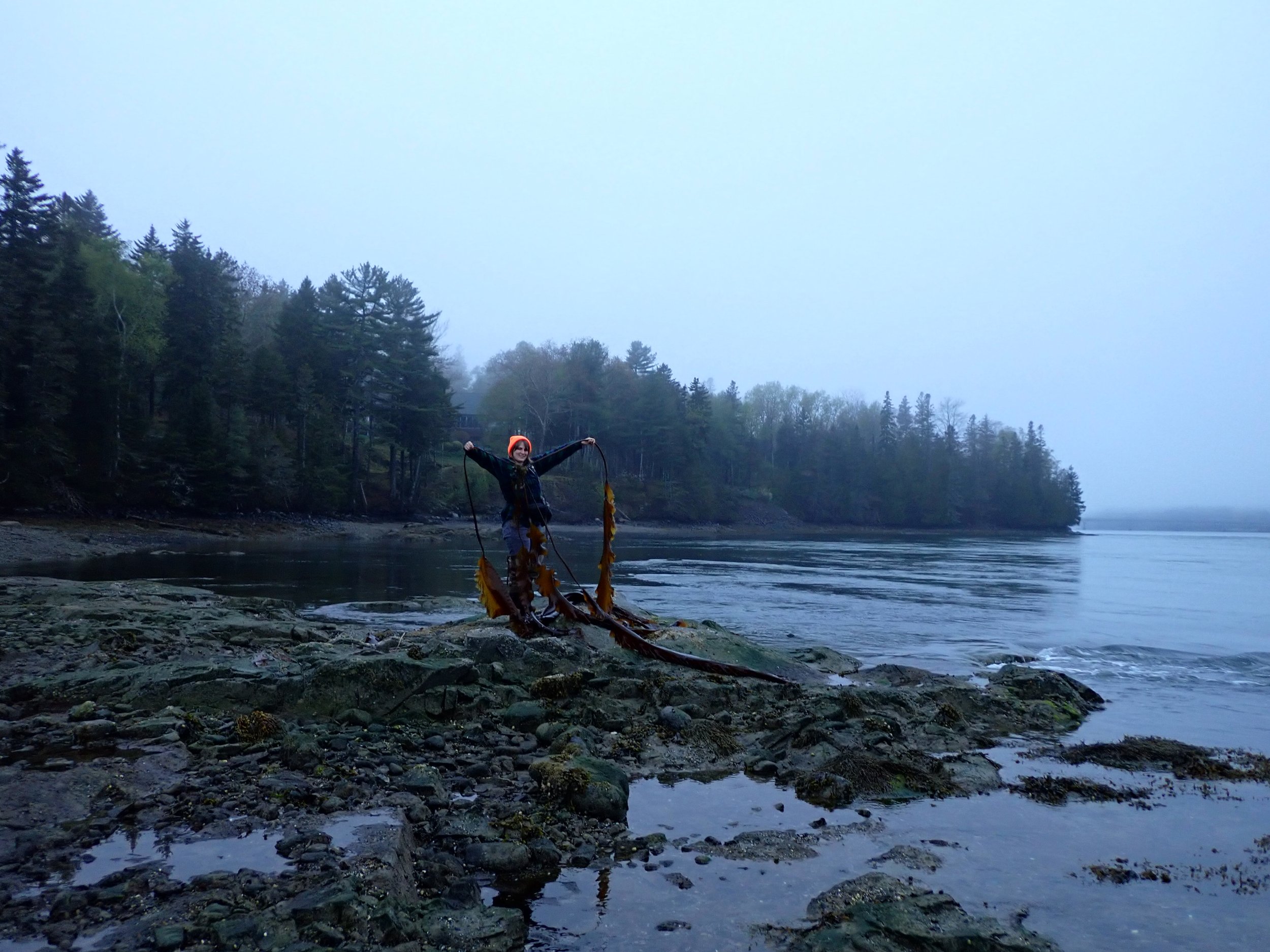The Coast of Maine is home to over 300 species of marine macroalgae, aka seaweed. Some species are so distantly related to each other that they’re in different kingdoms. Others are so similar, they can only be distinguished using DNA analysis. These fascinating sea-plants are able to withstand the extreme fluctuations of the intertidal zone, from freezing or sweltering air to complete submersion. They provide essential habitat for marine organisms, they sequester around 175 million tons of carbon around the world each year, and are used by humans as food, nutritional supplements, cosmetics, fertilizer, and numerous other applications. Join Naturalist’s Notebook manager Jordan Chalfant on the shores of Seal Harbor to learn the names, identifying characters, uses, and ecological roles of the seaweed species we encounter. The first hour will be spent in the intertidal, looking at seaweeds in their environment. The second hour will take place at The Naturalist’s Notebook, where we’ll have a “field lab” set up to take a closer look at the seaweeds we collect. We’ll examine our specimens under a microscope and practice using keys and other identification resources. The second hour can be introductory or advanced depending on each participant’s skill and interest level.
In addition to managing The Naturalist’s Notebook, Jordan is a board member at Maine Natural History Observatory. Along with executive director Glen Mittelhauser and researcher at the Canadian Museum of Nature, Dr. Amanda Savoie, she is writing a photographic field guide to the seaweeds of Maine.
Note: This workshop can be taken separately or in conjunction with a seaweed pressing workshop the next day.
Participant cap: 10
Registration: $20
Click HERE to register.
Recommended materials: Hand lens / magnifying loupe. Magiscope.




